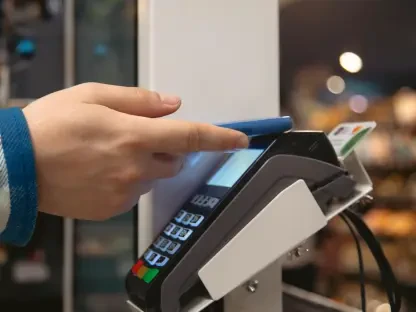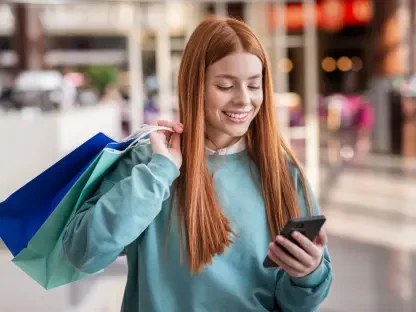Today, we are joined by Zainab Hussain, an e-commerce strategist with experience in customer engagement and operations management. She will share her insights on the self-purchasing trend in travel retail, as highlighted by the latest M1nd-set research.
What prompted M1nd-set to conduct research on the self-purchasing trend in travel retail?
M1nd-set conducted this research to understand the shift in consumer behavior, particularly post-pandemic, where travel and shopping habits have evolved. They wanted to identify the key drivers and implications of this growing self-purchasing trend in travel retail.
How does the self-purchasing trend reflect post-pandemic consumer behavior?
The trend shows a significant shift in priorities, with consumers indulging more in personal well-being and self-care. Post-pandemic, travelers are increasingly looking to treat themselves as part of their overall travel experience.
What percentage of travel retail transactions does self-purchasing now account for?
Self-purchasing now accounts for 52% of travel retail transactions.
How has the self-purchasing trend changed in comparison to pre-Covid levels?
Before the pandemic, self-purchasing accounted for 46% of transactions. The recent data shows an increase to 52%, highlighting a growing preference for self-indulgence.
What primary factors are driving the increase in self-purchasing among travelers?
The main drivers include a greater focus on personal indulgence and well-being, as well as the unique and exclusive shopping experiences available in Duty Free stores.
How do European and American travelers compare to those from Asia Pacific, and Africa & the Middle East in terms of self-purchasing?
European and American travelers engage in self-purchasing more frequently at 53%, while travelers from the Asia Pacific, and Africa & the Middle East regions do so at a slightly lower rate of 51%.
Are there any age and gender demographic differences in self-purchasing trends?
There are very similar shopping trends between self-purchasers and those buying for other purposes across different age and gender segments.
How do self-purchasers’ travel habits differ from those buying for other purposes?
Self-purchasers are slightly less likely to travel in economy class (54% compared to 56%) and have a moderate tendency to travel for leisure more often (76% compared to 74%).
What are the most popular product categories for self-purchasers according to M1nd-set?
Travel accessories and personal care items are the most popular, with 75% of travel accessory purchases made for personal use.
How does the spending behavior of self-purchasers compare to those shopping for other purposes?
Self-purchasers tend to spend more, with an average of £119 per purchase, compared to £103 for other shoppers.
Which product categories see higher spending from self-purchasers?
Higher spending is particularly evident in the categories of jewelry & watches, beauty, fashion, and electronics.
What are the key motivators for self-purchasers shopping at Duty Free stores according to the research?
Besides lower prices being a motivator for 30% of self-purchasers, they are also drawn by the wide selection of products and the opportunity to pass time while waiting for flights.
What are the major drivers for self-purchases besides lower prices?
Significant drivers include the suitability of Duty Free products for self-treating or as souvenirs, the exclusive nature of the products, and the lack of availability of similar items back home.
How significant is impulse buying among self-purchasers compared to other shoppers?
Impulse buying is notably more significant among self-purchasers, with 32% making impulse purchases compared to 25% of other shoppers.
According to Dr. Peter Mohn, what major growth opportunities does the self-purchasing trend represent for travel retail?
Dr. Peter Mohn highlights that understanding self-purchasers’ motivations is crucial. Brands should create immersive environments and strategically place high-margin products near checkout areas to attract self-purchasers.
How can retailers utilize the impulse buying behavior of self-purchasers?
Retailers can strategically place high-margin indulgent products near checkout areas, create impulse zones in high-traffic store areas, train staff to engage self-purchasers with recommendations, and offer in-store experiences like skincare consultations or educational tastings.
How can creating immersive, sensory environments benefit travel retail brands?
Creating such environments can significantly enhance the consumer experience, making shopping more enjoyable and enticing, which could lead to increased conversions, particularly among self-purchasers.









